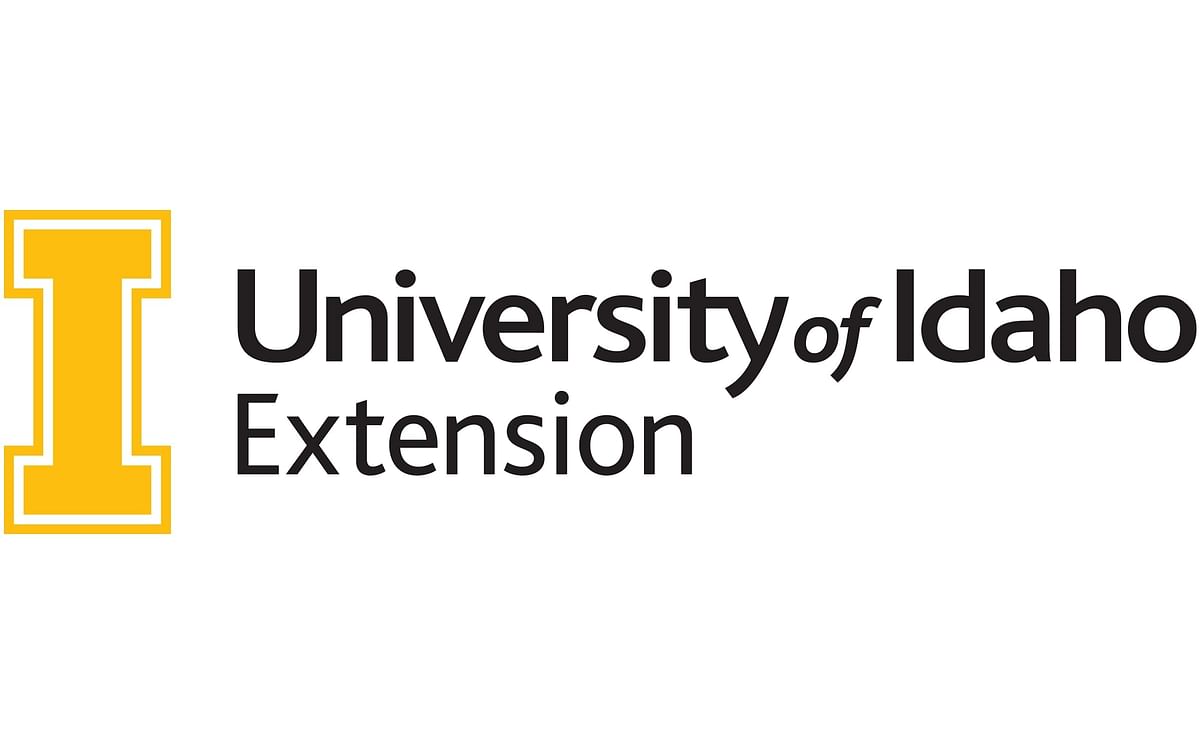University of Idaho Extension
Simplot contribution saves Parma Research Center of University of Idaho

At a meeting today in Twin Falls, the University of Idaho Board of Regents heard details about a proposal between the University of Idaho and the J.R. Simplot Co. focused on the university's Parma Research and Extension Center that both preserves a vital public research asset and promises to expand the center's overall research value to agriculture.
The board approved the proposed agreement during the meeting of the Idaho State Board of Education. The university regents also heard a report that operations will continue through June 30, 2010, at two other research and extension centers at Sandpoint and Tetonia.
"We thank the regents for their favorable reaction to this public-private collaboration,"said university President Duane Nellis. "We also extend our thanks to the J.R. Simplot Company for joining the University of Idaho in this thoughtful assessment of how our combined expertise and interests can serve the state's agricultural industry. This agreement could serve as a model for bringing private industry and the public sector together in ways that will lead and enhance Idaho's economic develop in new ways."
The agreement and report are the latest steps in a long-term consolidation and restructuring plan begun early this year for the state-funded Agricultural Research and Extension Service in response to legislative budget cuts and gubernatorial holdback directives that already total $4.7 million or 17 percent.
The Simplot agreement and financial support from other agricultural interests are examples of alternative ways to meet Idaho agriculture's critical needs that university officials pledged to seek in May when plans were announced to close the three centers.
The agreement is critical to maintaining operations at the Parma center, said John Hammel, College of Agricultural and Life Sciences dean at Moscow, adding it does change the center's overall function.
"Simplot has, through this agreement, acquired rights to access research land and also upkeep and maintenance, which is a separate and compact agreement,"Hammel said.
"We anticipate that the Simplot Company will still fund nonproprietary research ventures with the other faculty at the Parma station and elsewhere,"Hammel added. Additionally, other companies as well as the agricultural commodity groups will fund research just as they currently do.
"The advantage to this agreement is that Simplot Company has research partners that the company will bring to the table, which will only enhance the industrial partnership as our relationships grow,"Hammel said.
In broad terms, the agreement submitted to the board of regents outlines a commitment from Simplot to contribute $300,000 each year for five years to the Parma Research and Extension Center that would give Simplot researchers use of facilities and acreage for crop research and development.
The funds would be used to pay the university's labor, materials and other operating costs directly applicable to management and operation of the land and facilities provided by the university under this agreement and to contribute to costs associated with the university's overall maintenance of the Parma center. The agreement states that Simplot's stand-alone research and the resulting intellectual property would be retained by the company.
The university will continue to conduct its separately funded field crop research at the Parma Center alongside of, but separate from, the company’s proprietary research conducted under the agreement. University officials do not anticipate any reduction of field crop research availability to others who have funded research at the Parma Center and wish to continue to do so.
The agreement addresses 50 acres, half of the center's cropland used for research. It does not address orchard or vineyard research that is conducted elsewhere at the center. Parma sits on a total of 200 acres.
The board approved the proposed agreement during the meeting of the Idaho State Board of Education. The university regents also heard a report that operations will continue through June 30, 2010, at two other research and extension centers at Sandpoint and Tetonia.
"We thank the regents for their favorable reaction to this public-private collaboration,"said university President Duane Nellis. "We also extend our thanks to the J.R. Simplot Company for joining the University of Idaho in this thoughtful assessment of how our combined expertise and interests can serve the state's agricultural industry. This agreement could serve as a model for bringing private industry and the public sector together in ways that will lead and enhance Idaho's economic develop in new ways."
The agreement and report are the latest steps in a long-term consolidation and restructuring plan begun early this year for the state-funded Agricultural Research and Extension Service in response to legislative budget cuts and gubernatorial holdback directives that already total $4.7 million or 17 percent.
The Simplot agreement and financial support from other agricultural interests are examples of alternative ways to meet Idaho agriculture's critical needs that university officials pledged to seek in May when plans were announced to close the three centers.
The agreement is critical to maintaining operations at the Parma center, said John Hammel, College of Agricultural and Life Sciences dean at Moscow, adding it does change the center's overall function.
"Simplot has, through this agreement, acquired rights to access research land and also upkeep and maintenance, which is a separate and compact agreement,"Hammel said.
"We anticipate that the Simplot Company will still fund nonproprietary research ventures with the other faculty at the Parma station and elsewhere,"Hammel added. Additionally, other companies as well as the agricultural commodity groups will fund research just as they currently do.
"The advantage to this agreement is that Simplot Company has research partners that the company will bring to the table, which will only enhance the industrial partnership as our relationships grow,"Hammel said.
In broad terms, the agreement submitted to the board of regents outlines a commitment from Simplot to contribute $300,000 each year for five years to the Parma Research and Extension Center that would give Simplot researchers use of facilities and acreage for crop research and development.
The funds would be used to pay the university's labor, materials and other operating costs directly applicable to management and operation of the land and facilities provided by the university under this agreement and to contribute to costs associated with the university's overall maintenance of the Parma center. The agreement states that Simplot's stand-alone research and the resulting intellectual property would be retained by the company.
The university will continue to conduct its separately funded field crop research at the Parma Center alongside of, but separate from, the company’s proprietary research conducted under the agreement. University officials do not anticipate any reduction of field crop research availability to others who have funded research at the Parma Center and wish to continue to do so.
The agreement addresses 50 acres, half of the center's cropland used for research. It does not address orchard or vineyard research that is conducted elsewhere at the center. Parma sits on a total of 200 acres.
Like to receive news like this by email? Join and Subscribe!
Join Our Telegram Channel for regular updates!
Highlighted Company
Sponsored Content
Sponsored Content
Sponsored Content
Sponsored Content
Sponsored Content











